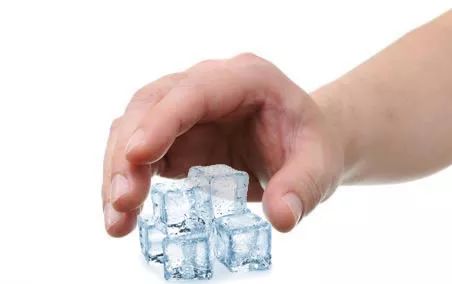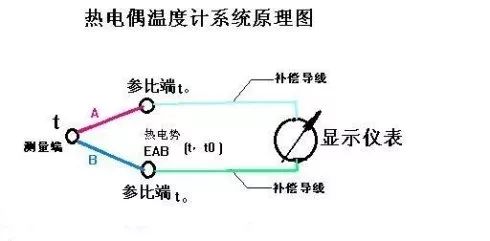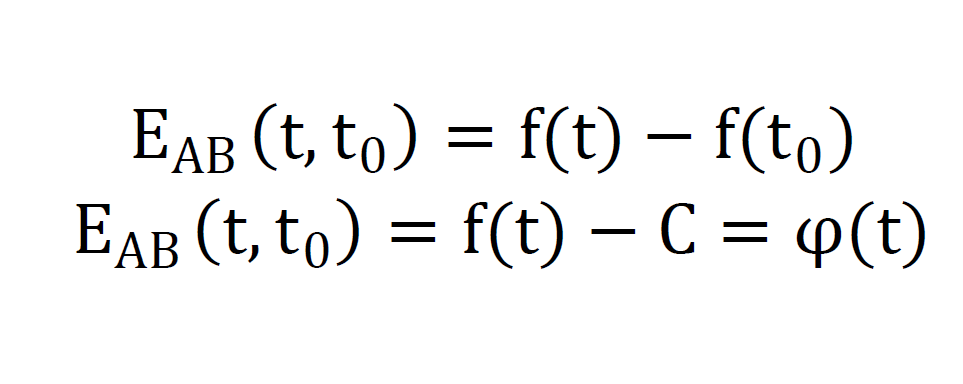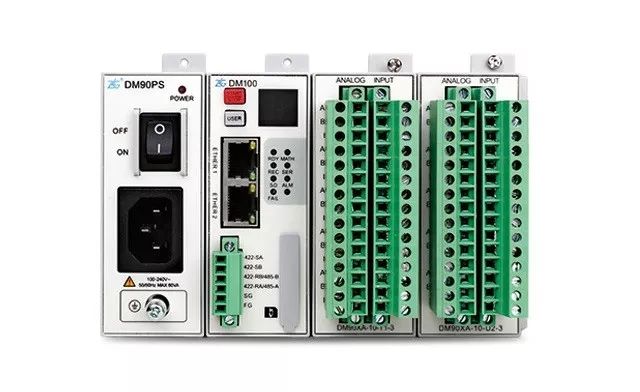In life, when the temperature fluctuates a few degrees up and down, we need to increase or decrease the clothes to adapt to the changes in the environment. The temperature change in the industrial scene sometimes exceeds Baidu on dozens of degrees. How to accurately measure the temperature change in the industrial site? Let us come today. Pay attention to the temperature collection.
How do we perceive the temperature?
Suddenly I saw such a problem, I think many people are a bit embarrassed. In fact, don't think too much. The most important way we usually perceive temperature is to “hand touch†and “use the body to perceiveâ€. The skin is equivalent to a sensor during this process. The temperature changes are converted into neural signals that are recognized by the nerves and transmitted to the brain so that we can feel the temperature.

The principle of the thermal sensor used in the industry is very similar to that of our skin. It is also acquired by converting the physical quantity of temperature into a change in resistance or potential. According to its use method, it can be divided into contact type and non-contact type. Subdivided and can be decomposed into contact type thermal resistance, thermocouple, PN section thermal sensor non-contact infrared sensor, etc., which are varied. And enough. Among them, the use of thermocouples is the most common.

A slightly expert person must have listened to the name of the thermocouple. The structure is mainly composed of two wires of different materials joined together to form a loop. The two connected nodes of the wire are called the cold end and the hot end, respectively. The end (also called the measuring end) is placed in the measured medium, and the cold end (also called the reference end) is away from the measured medium. Under the action of the thermoelectric effect, a potential difference is generated between the two nodes, and the potential difference can be converted into temperature after being collected by the measuring instrument.

However, such a scheme seems to be perfect, but there are defects. How do we ensure that the cold end is "cold" after the hot end is placed in the measurement environment? If the cold end is too close and it is hot, such measurements will be meaningless. Generally speaking, the cold end of the thermocouple is calibrated in a 0 degree environment. The real measurement environment should take this condition into account in order to make the measurement as accurate as possible. In terms of physics, there are mainly the following methods for cold junction compensation:
1. Compensation wire method: Extend the wire so that the cold end is far away from the environment to be measured, so as to improve the accuracy of measurement, but the cost is also increased, and the wire lengthening may introduce new errors;
2, 0 degrees Celsius constant temperature method: the cold end is placed in the ice water mixture, ensuring that the cold end of 0 degrees greatly improves the reliability of the measurement results, but troublesome and costly, rarely used;
3. Bridge compensation method: an unbalanced bridge is connected in series in the thermocouple temperature measurement system. The voltage output of the bridge changes with the temperature change of the cold junction of the thermocouple to correct the error introduced by the thermocouple due to the temperature fluctuation of the cold junction. . This method has higher technical requirements.

Physical compensation methods have more or less their shortcomings. A better method is to use mathematical methods for calculation correction. The formula for calculating the temperature by the thermoelectric effect is as follows:

Return to the original form, and bring the room temperature into the formula for correction to offset the error caused by the cold junction temperature change. That is, after using ordinary data acquisition to collect the working temperature of the tested object, manually use EXCEL to do a lot of data calculation: the working temperature of the measured object - fixed room temperature value; in this process, it has to consume labor costs, which is really a headache.
It’s not so sensible to start from the artificial side of this small matter. Since it is a lot of formula calculation work, why not give it to the data acquisition instrument behind it?

For example, Zhiyuan Electronics DM100 data acquisition recorder comes with Delta operation function: the difference between the input end (test object operating temperature) and the reference channel (test environment temperature, such as room temperature) measured value is used as the measured value of the channel. In the temperature measurement, the difference between the measurement and the room temperature is facilitated based on the room temperature. This problem is solved perfectly.

DM100 data acquisition recorder can accurately collect DC sensor voltage data such as DC voltage, DC current, digital quantity, temperature, humidity, etc., display various measurement results in real time, and perform customized secondary operation and alarm output for measurement results. . With a modular design architecture, the DM100 can scale up to 200 acquisition channels for multi-channel data acquisition and recording in industrial environments.
1.75 Inch Compression Driver,Sound Horn Tweeter,1.75 Inch Driver For Audio,1.75 Inch Driver
Guangzhou BMY Electronic Limited company , https://www.bmy-speakers.com